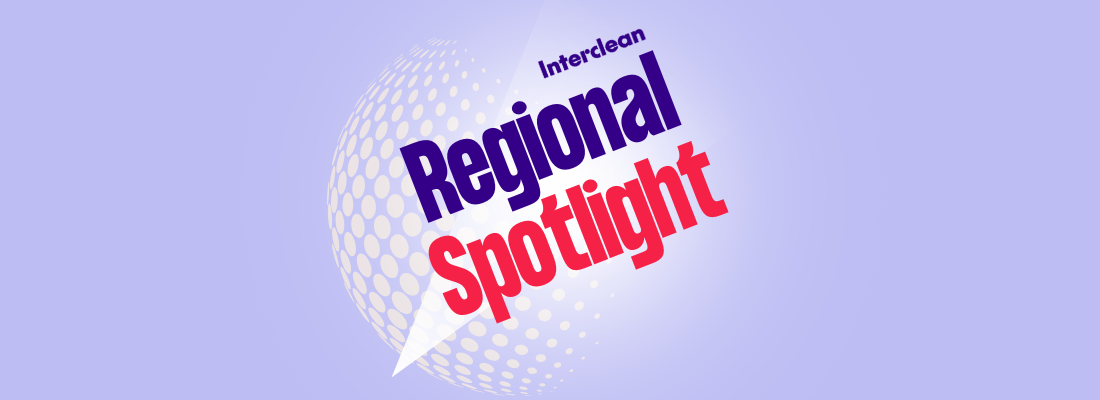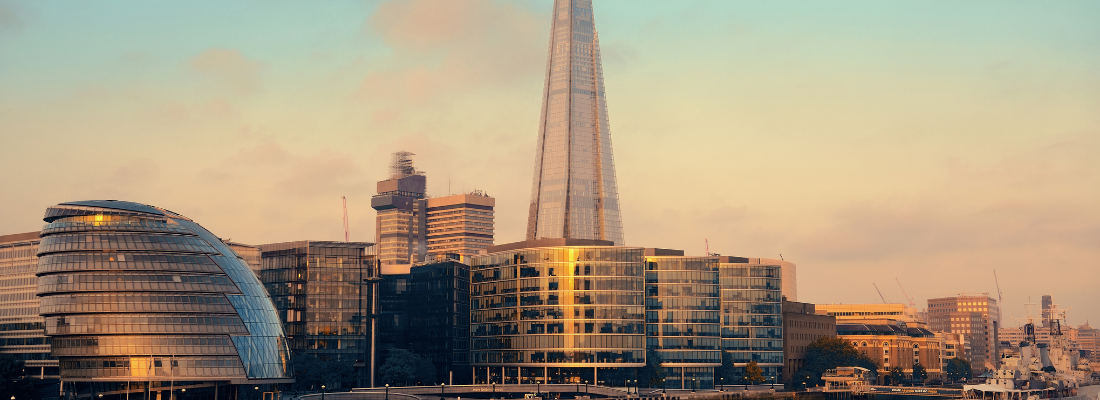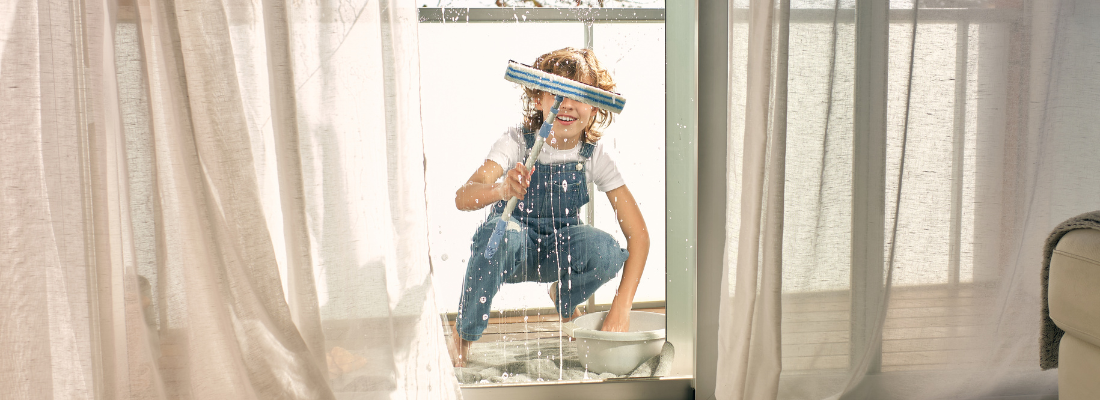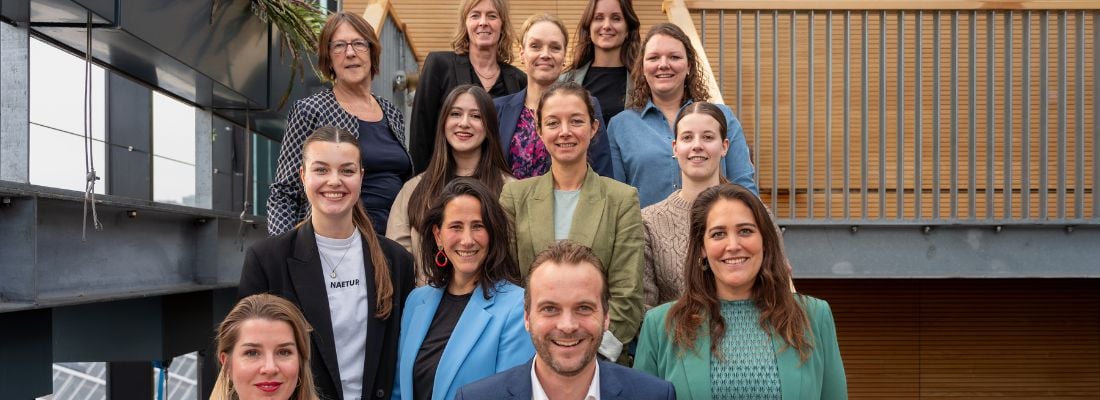As Europe braces itself for the upcoming flu and Covid season, the importance of maintaining rigorous cleaning, hygiene, and sanitation practices in healthcare facilities has never been more critical. How can emerging advancements and trends in the rapidly evolving landscape of healthcare technology help facilities prepare for the increased threat of infections and ultimately improve patient safety? In this article we explore some of the latest developments and innovations that can optimise cleaning and hygiene practices, ultimately protecting the health and wellbeing of patients, staff, and visitors. Because in the end, human lives are at stake.
Why is increased vigilance vital to ensure high standards of cleaning and hygiene?
With the onset of the flu and Covid seasons, healthcare facilities must ramp up their efforts to prevent the spread of infectious diseases, and also ensure they are equipped to deal with the influx of people needing care. Investing in cleaning and hygiene solutions has become increasingly important to safeguard public health and minimise the burden on healthcare systems. By adopting advanced technologies and emphasising comprehensive cleaning protocols, healthcare facilities can proactively prepare for the challenges this season brings.
What is the impact of Covid on enhanced perceptions of cleaning and hygiene in the healthcare tech sector?
Covid shone a public spotlight on the importance of cleaning and hygiene within healthcare environmental hygiene and how it has become perceived as having increased value. People began to understand the scale of what could happen when best practices and vigilance wasn’t practiced, and the cleaners themselves gained more respect which gave them a boost. As a result, cleaning changed from being ‘just a job’ and became an essential service and a specialised career to be proud of.
What are the recent cleaning and hygiene technologies and how do they help boost patient safety?
Advancements in cleaning technologies are transforming the way healthcare facilities prevent and combat infections. Digital checklists, auditing systems and client ticket service desks have all become more popular post-Covid. From automated robotic systems that can efficiently sanitise patient rooms and common areas to UV-C light disinfection devices that neutralise pathogens on surfaces and reduce the risk of contamination, these cutting-edge technologies reinforce the cleaning protocols of healthcare tech and enhance the overall cleanliness of healthcare environments by providing an additional layer of protection against harmful microbes. If healthcare institutions are to keep up with the increased risk of infectious illnesses and diseases, it is vitally important that they embrace and invest in these new cleaning and hygiene technologies.
1. UV-C light disinfection
UV-C light disinfection devices are free-standing machines that deliver a pre-set level of UV light pulses on to surfaces to deactivate pathogens and microorganisms on environmental and equipment. The UV light breaks the molecular bonds in DNA and RNA, causing damage to the cellular structure of microorganisms, and cellular death. The benefits include: non-touch, automated method of inactivation of pathogens, the device does not damage surfaces and is easy to use. It’s also a chemical free process, thus an environmentally sustainable option.
2. Disinfection fogging machines
These are free-standing machines that generate a wet or dry fog of small particles of a disinfectant solution, usually hydrogen peroxide (H2O2) into the air. H2O2 kills microorganisms by releasing free radicals that oxidise the DNA, RNA and lipid membranes of cells, causing cellular death. The benefits include: it’s a non-touch automated method of disinfection; the particles of disinfectant can reach difficult-to-access surfaces of the clinical environment and equipment; it can be used on porous and nonporous surfaces and it uses a non-corrosive chemical and delivers a pre-set measured dose or level of environmental disinfection.
3. High-intensity narrow spectrum light (HINS)
This easy to install ceiling-mounted device emits a continuous visible UV light into the clinical environment. It uses a process called photodynamic inactivation which causes molecules to react with oxygen when exposed to light, leading to cellular death. The benefits include: it’s safe to use around patients, it has a wide range of antimicrobial activity and it inactivates pathogens on surfaces, equipment and in the air. It can also be used continuously and won’t disrupt daily hospital routines.
4. Steam vapour
This portable and light weight device delivers high pressure high temperature dry steam which kills microorganisms. The benefits include: it’s a non-toxic, fast method of removing bioburden, no chemicals are used, and it’s time and cost effective, with low water consumption (which makes it a good sustainable choice). Steam vapour can also be incorporated into routine cleaning.
5. IoT and data analytics to optimise cleaning and hygiene
Internet of Things (IoT) technology and data analytics can play a vital role in monitoring and improving cleanliness and hygiene in healthcare settings. Smart sensors embedded in hand hygiene stations can provide real-time data on compliance, enabling healthcare providers to pinpoint areas that require additional attention. Integrated data analytics platforms analyse trends, patterns, and risks, allowing facilities to proactively address potential infection hotspots and adjust and improve their cleaning and hygiene regimes.
6. Smart surfaces
The integration of smart surfaces with antimicrobial properties is an emerging trend in healthcare technology and infection prevention. These surfaces are coated with materials that can continuously neutralise bacteria and viruses, reducing the risk of surface-to-person transmission. From touchscreen panels to bedrails and door handles, incorporating smart surfaces offers an additional layer of protection, complementing regular cleaning protocols.
7. AI-Driven monitoring and prediciton
Artificial intelligence (AI) is revolutionising infection control and prevention, as well as targeted cleaning and hygiene processes and protocols. AI algorithms can analyse patient health records, environmental data, and real-time sensor inputs to identify patterns and predict the likelihood of outbreaks. These insights equip healthcare providers and facilities to implement targeted prevention strategies and cleaning programmes, allocate resources efficiently, assign staff correctly and enhance their overall preparedness for the flu and Covid season.
8. Hygienic wearables and PPE
Wearable technology plays a crucial role in promoting proper hand hygiene and optimal usage of personal protective equipment (PPE). With wearable technology gaining prominence, healthcare tech has introduced hygienic wearables that actively monitor and promote proper hand hygiene and usage of personal protective equipment (PPE). These hygienic wearables provide real-time feedback to users, actively monitoring and encouraging compliance and reducing the risk of cross-contamination and improving overall hygiene practices.
Why are training and new ways of working for cleaning and hygiene staff so important?
The profile of training within the healthcare tech sector has also been raised in recent years. There has been a general understanding about the need to develop and invest in cleaners’ skills and ongoing training. Operatives need to know what equipment and technology they should use, what order in which they should use it, and whether or not a room might require multiple cleaners. They also need to be trained in the latest technological advances and most up to date cleaning and hygiene protocols as advised by the latest research.
Heightened attention to detail has been a significant post-Covid factor. A room might look clean, but in a hospital, it needs to be cleaned to microscopic levels. If the correct processes have not been followed or a step has been missed, there will be a risk of cross-contamination. Research has now proven that infection prevention depends on efficient process control and risk calculation.
Healthcare staff used to clean all patient areas while the cleaners would carry out the more general cleaning tasks. This meant three or four people might be responsible for cleaning the same room, which frequently led to some areas being missed and others being cleaned twice, resulting in inefficiencies.
Recent staff shortages have meant that one person is increasingly being made responsible for the entire cleaning operation which makes the process more efficient and thorough, with less likelihood of oversights.
What is the future of healthcare cleaning and hygiene practices?
If there is one thing that these exciting healthcare technology innovations has taught us, it’s that cleaning can make or break infection prevention. As Europe confronts the challenges posed by the flu and Covid season, healthcare facilities must prioritise cleaning, hygiene, and sanitation. By harnessing the power of advances in healthcare technology, facilities can enhance infection prevention measures and protect patients, staff, and visitors alike. From automated cleaning technologies to IoT-driven monitoring systems and AI-powered prediction models, healthcare tech continuously evolves to meet the growing threats of infectious diseases. Embracing these latest trends ensures that healthcare facilities are equipped to proactively respond to the heightened risks and safeguard public health in the face of upcoming challenges.








